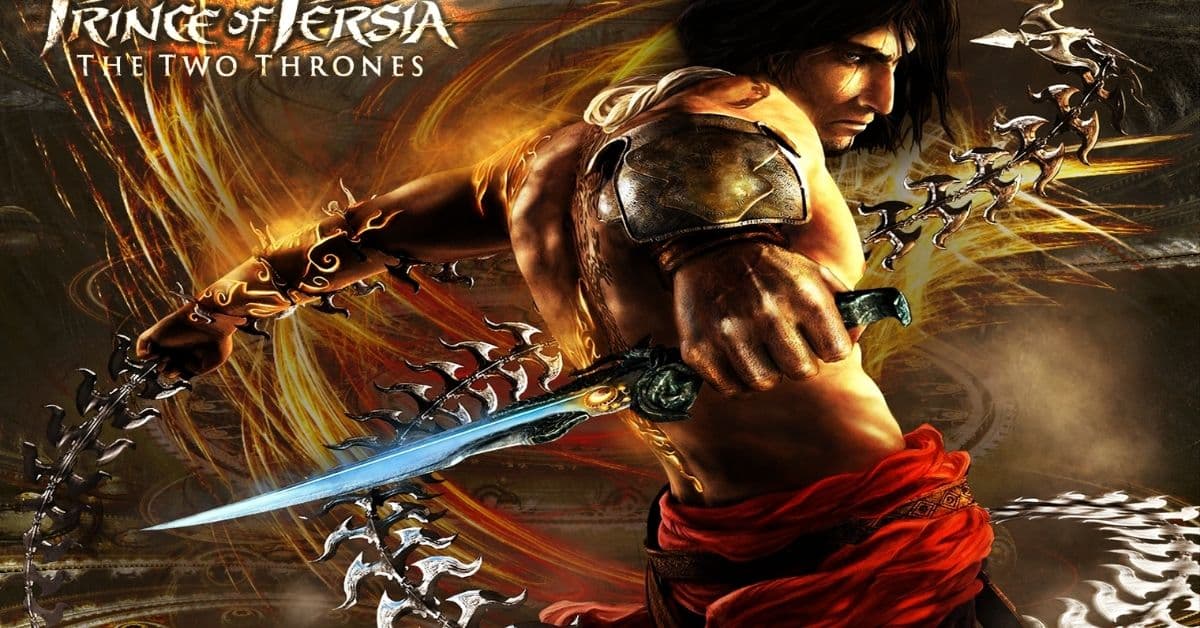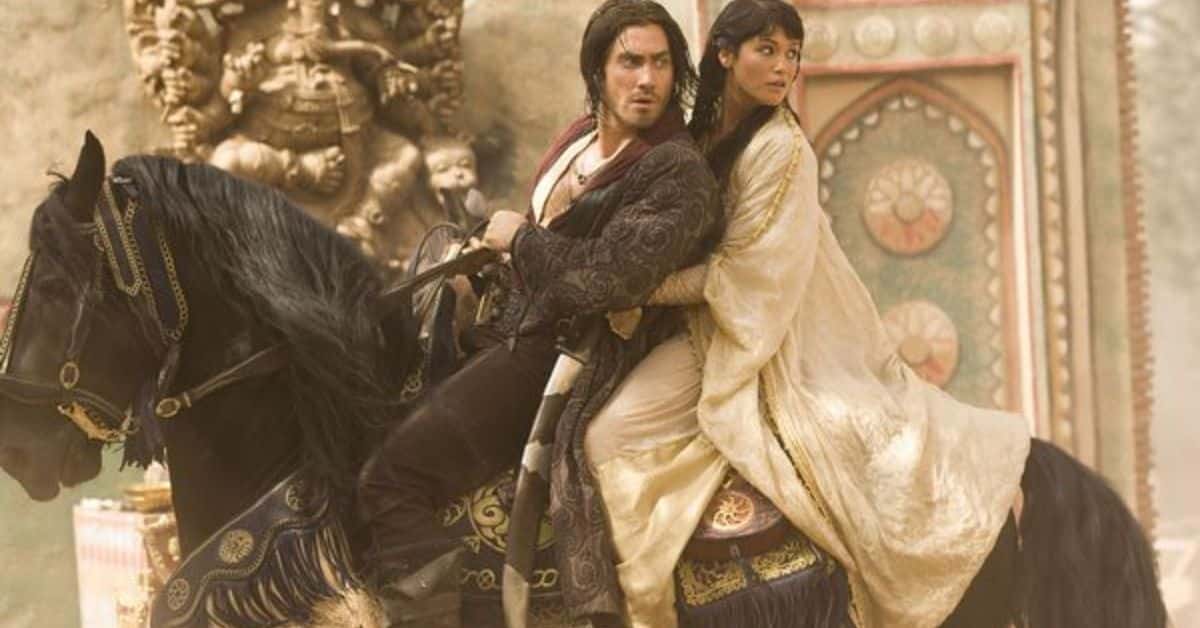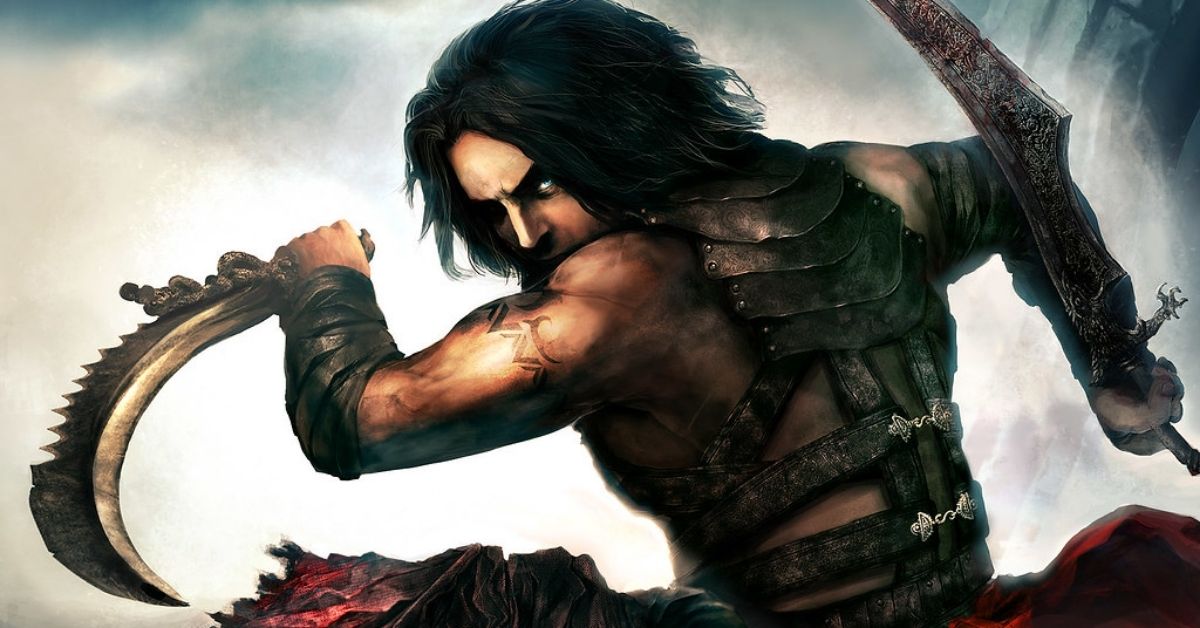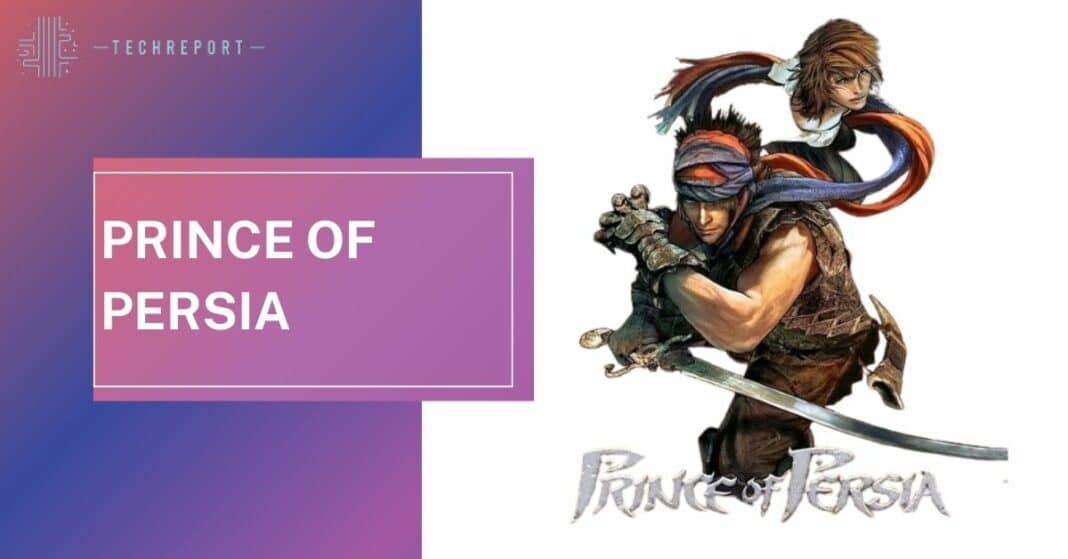The Epic Tale of Prince of Persia

The Prince of Persia series has long been a beacon in the realm of video games, captivating players with its rich history and evolving gameplay across distinct eras. From its humble beginnings in the late ’80s to the modern adaptations of today, this series has continually reinvented itself. Join us as we embark on a journey through time, exploring the fascinating evolution of the Prince of Persia.
Our exploration will delve into the series’ unique chapters, each offering a fresh perspective on storytelling, gameplay, and characters. This journey promises an exciting blend of classic adventures, Sands of Time mysteries, and modern quests that have defined the legacy of Prince of Persia. Let’s unravel the tale, step by step, through the sands of gaming history.
Also Read: Tetris
Classic Era (1989-1993)
In the late ’80s, the gaming landscape witnessed the birth of an icon – the original Prince of Persia. Developed by the visionary Jordan Mechner, this groundbreaking platformer set the stage for the series. The unnamed Prince, a charming yet daring adventurer, took players on perilous quests filled with mythical elements and Arabian Nights vibes.
Building on the success of its predecessor, Prince of Persia 2: The Shadow and the Flame expanded the horizons of the series. Released in 1993, this installment introduced new enemies, abilities, and a darker storyline. The pixelated landscapes and chiptune soundtrack continued to captivate players, offering a blend of nostalgia and challenge.
What set the Classic Era apart was the innovative use of rotoscoping animation, bringing a lifelike fluidity to the Prince’s movements. Every jump, sword swing, and fall was a testament to the meticulous animation technique. Combined with challenging gameplay, where mastering precise jumps and timing was key, the Classic Era solidified Prince of Persia as a pioneer in the gaming world.
Sands of Time Trilogy (2003-2010)
The dawn of the new millennium brought forth a renaissance for Prince of Persia with the introduction of The Sands of Time in 2003. This reboot marked a significant shift, not just in the narrative but in the entire gaming experience. The charming yet now brooding Prince, known as Dastan, embarked on a journey that would define the Sands of Time Trilogy.
The trilogy’s momentum continued with Warrior Within (2004) and The Two Thrones (2005), each pushing the series in a darker and more mature direction. Warrior Within delved deeper into the Prince’s internal conflicts, while The Two Thrones brought closure to the Sands of Time narrative with a riveting conclusion. The evolution of the characters and the unfolding epic showcased the series’ commitment to storytelling.
At the heart of the Sands of Time Trilogy was the revolutionary time-manipulating mechanic. This game-changing feature not only influenced combat but also brought a new layer of complexity to puzzles and exploration. The darker storyline, filled with twists and turns, delved into themes of fate, responsibility, and sacrifice, elevating Prince of Persia to cinematic heights.
Also Read: Ray Tracing vs. Path tracing
Modern Era (2008-present)

Fast forward to the modern era, marked by the 2008 reboot of Prince of Persia. This installment ushered in a new art style and open-world gameplay, reimagining the series for a contemporary audience. The unnamed protagonist, a brooding and cynical adventurer, took center stage in a visually stunning world filled with challenges and mysteries.
Continuing the modern journey, Prince of Persia: The Forgotten Sands (2010) presented a standalone expansion to the Sands of Time trilogy. While retaining the core elements that fans loved, it brought forth new adventures and challenges. The Prince faced the sands once again, showcasing his acrobatic prowess and combat skills in a dynamic gaming experience.
In 2018, Prince of Persia: The Lost Crown took a mobile-friendly approach, presenting players with a cartoonish aesthetic. Introducing a new Prince and narrative, the game offered a blend of classic platforming and combat, catering to a diverse audience. Despite being a mobile game, The Lost Crown continued the series’ tradition of experimentation and adaptation.
The modern era of Prince of Persia has seen various entries, each with its unique take on gameplay and success. From the open-world exploration of the 2008 reboot to the more traditional yet innovative approach in The Lost Crown, the series has experimented with different mechanics. This era reflects the ever-evolving nature of Prince of Persia, adapting to the changing landscape of gaming.
Lore and Story
The Prince of Persia series weaves a tapestry of narratives that transcend time and space. Across different eras, players have been immersed in tales of courage, destiny, and ever-present challenges. From the straightforward rescues of princesses in the classic era to the intricate manipulations of time in the Sands of Time trilogy, the series’ narrative arcs offer a diverse and engaging experience.
Each Prince faced his own set of challenges, shaping his destiny in unique ways. The unnamed adventurer of the classic era encountered mythical beasts and treacherous dungeons, showcasing resilience and wit. Prince Dastan in the Sands of Time Trilogy grappled with the consequences of wielding the Sands, unraveling a tale of fate, sacrifice, and responsibility. The modern era introduced us to different Princes, each navigating personal growth and overcoming internal struggles.
At its core, Prince of Persia is a series defined by action, adventure, and intrigue. Whether it’s the classic era’s mythical escapades, the Sands of Time Trilogy’s cinematic narrative, or the modern era’s exploration of personal struggles, each story is a thrilling odyssey. Themes of courage, discovery, and the perpetual dance with destiny resonate throughout, making Prince of Persia a timeless adventure for players across generations.
Gameplay
The Classic Era of Prince of Persia is defined by its challenging and rewarding gameplay. Players navigated through perilous environments, mastering precise jumps and timing to overcome obstacles. Combat, while simple, required strategic thinking and quick reflexes. The emphasis was on skillful maneuvering and overcoming intricate level designs, creating a gaming experience where every move mattered.
The Sands of Time Trilogy introduced a significant evolution in gameplay. Acrobatic platforming remained a core element, but with the innovative addition of the rewind mechanic. This groundbreaking feature not only transformed combat into a dynamic and fluid experience but also added a layer of strategy to exploration and puzzle-solving. The trilogy seamlessly blended acrobatics with the manipulation of time, offering a gameplay experience that was both challenging and immersive.
The Modern Era witnessed a shift in gameplay paradigms. The 2008 reboot embraced open-world exploration, allowing players to delve into a visually striking environment. This departure from the linear structure of the past introduced a new dynamic to the series. In The Lost Crown, the gameplay blended classic platforming and combat with modern sensibilities, catering to a diverse audience. The series continued to experiment with different mechanics, reflecting its adaptability to the evolving preferences of gamers.
Characters

In the Classic Era, the Prince emerged as a charming and roguish adventurer. Unnamed but unforgettable, this protagonist showcased wit and resourcefulness. The stories predominantly revolved around his daring escapades, often involving rescuing princesses and navigating treacherous dungeons. While simplicity defined the character, the Prince’s charisma left an indelible mark on the series.
The Sands of Time Trilogy ushered in a new era of character development. Prince Dastan, the central figure, underwent a remarkable evolution. From a carefree youth in The Sands of Time to a burdened hero in Warrior Within, and finally, a conflicted ruler in The Two Thrones, his journey was one of growth and self-discovery. Supporting characters like Farah and Kaileena added depth to the narrative, each grappling with their own complexities. Farah, in particular, evolved from a damsel in distress to a crucial ally, bringing emotional depth to the relationships within the trilogy.
The Modern Era witnessed a shift in character dynamics. The unnamed Prince in the 2008 reboot adopted a brooding and cynical demeanor, embodying internal conflicts and complexities. The Lost Crown introduced Kaileena as a spirited and determined leader, adding a fresh dimension to the series. With a focus on personal growth and internal struggles, the Modern Era protagonists navigated challenges beyond physical prowess, resonating with a more contemporary audience.
Also Read: Dating Apps in 2024
Art and Music
The Prince of Persia series boasts a visual and auditory journey through gaming history. Each era introduces a distinct visual style and soundtrack that resonates with the gaming landscape of its time. From the pixelated charm of the Classic Era to the cinematic grandeur of the Sands of Time Trilogy and the varied styles of the Modern Era, the series showcases a commitment to artistic evolution.
The Classic Era immerses players in a world of pixelated wonders, where the artistry lies in simplicity. The visual aesthetics are complemented by the nostalgic tunes of chiptune music, creating an atmosphere that harkens back to the golden age of gaming. These elements combine to evoke a sense of adventure and nostalgia, providing a unique gaming experience that laid the foundation for the series.
With the Sands of Time Trilogy, the series underwent a visual and auditory transformation. Cinematic visuals with detailed textures and dramatic lighting brought the desert landscapes and palace interiors to life. Accompanying this visual spectacle was an orchestral score, lush and atmospheric, heightening the emotional impact of the narrative. This transition marked a significant leap forward, elevating Prince of Persia to new heights of immersive storytelling.
The Modern Era embraces diversity in both art styles and music. The 2008 reboot introduces a stylized, watercolor-inspired look, a departure from the pixel art of yesteryears. The music in this era varies, blending traditional Persian influences with modern orchestral or electronic elements. The Lost Crown, with its cartoonish visuals and mobile-friendly aesthetic, continues the trend of experimentation, showcasing the series’ adaptability to contemporary gaming trends. The result is a visual and auditory feast that caters to a wide audience.
In Crux
In tracing the evolution of Prince of Persia, we’ve witnessed the classic charm, the Sands of Time revolution, and the modern adaptability of the series. From daring rescues to time manipulation, each era brought unique challenges and narrative richness. The characters, ever-evolving, added depth to the overarching saga, and the art and music evolved with the times, creating a sensory feast for players.
As the sands settle on this journey through gaming history, we invite you to dive deeper into the Prince of Persia series. Experience the classics, relish the Sands of Time Trilogy, and embrace the modern twists. The adventure continues, and the tales of the Prince await your exploration. Grab your controller and step into the timeless world of Prince of Persia.

































